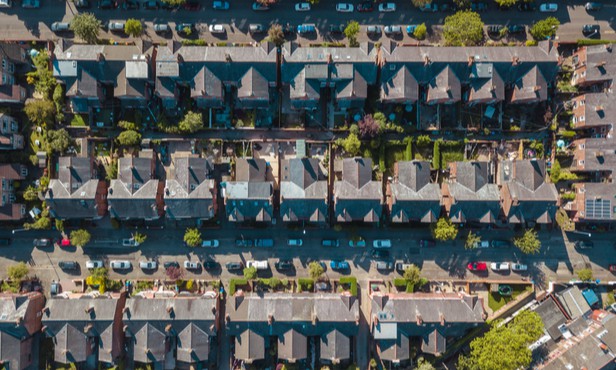UK house prices increased by 10.2% in the year to October 2021 as the market cooled following the tapering of the Stamp Duty holiday.

UK house prices increased by 10.2% in the year to October 2021 as the market cooled following the tapering of the Stamp Duty holiday.
However, figures from HM Land Registry also show that the average house prices in the UK decreased by 1.1% between September and October 2021, this compares to a 0.8% rise in the same period in 2020.
Despite this, the annual growth will be continued welcome news for homeowners.
And that growth was strongest in Wales where prices were by a whopping 15.5%. Unsurprisingly, the lowest annual growth was in London, where prices still managed to increase by 6.2% in the year to October.
These rises show little sign of abating for now as continued strong demand and a lack of available housing stock continue to push prices up.
Indeed, the Royal Institution of Chartered Surveyors’ (RICS) recently pointed to a limited choice in available stock as a key factor in continued house price growth.
Whilst the Bank of England’s Agents summary of business conditions 2021 Q3 reported ongoing strong demand for housing across most parts of the UK which is also pushing up prices.
Alan Davison, head of distribution at Together, said: “House prices have continued to rise in what has been a record-breaking year for the property market. UK average house prices increased by 10.2% over the year to October 2021, with the average house price now sat at £268,000, that’s £24,000 higher than this time last year.
"Many people expected a rapid cooling of the market following the end of the Stamp Duty holiday, but the latest research published this week by the Building Societies Association (BSA), reveals 45% of people now expect prices will continue to rise.
"These increases, coupled with inflation and slow wage growth, may mean first-time buyers will find it even more difficult to get on the housing ladder. In fact, the BSA survey found that raising a deposit remained the biggest barrier to homeownership for this group.
"However, mortgage rates remain at historically low levels, and the Bank of England’s announcement that it is easing strict lending affordability rules should help more people into their first homes. Borrowers will be looking for flexibility from mortgage providers during these uncertain times and we expect a growing need for specialist lenders to support their financial ambitions in the months to come.”
Rob Barnard, director of intermediaries at Masthaven Bank, added: “Ongoing levels of high demand, a shortage of available properties, and resilience from the labour market, have combined to keep property activity levels and house prices buoyant.
"Despite the end of the Stamp Duty initiatives, house prices are continuing their steady upward trend. With the potential return of some lockdown measures looming, the ongoing “race for space” also looks set to continue, driving up demand for typically more expensive properties with more rooms and outside space.
“While it is encouraging to see the market remain busy, household budgets may well be squeezed in the coming months, with rising inflationary pressures and the emergence of the new Omicron variant perhaps denting economic confidence."



